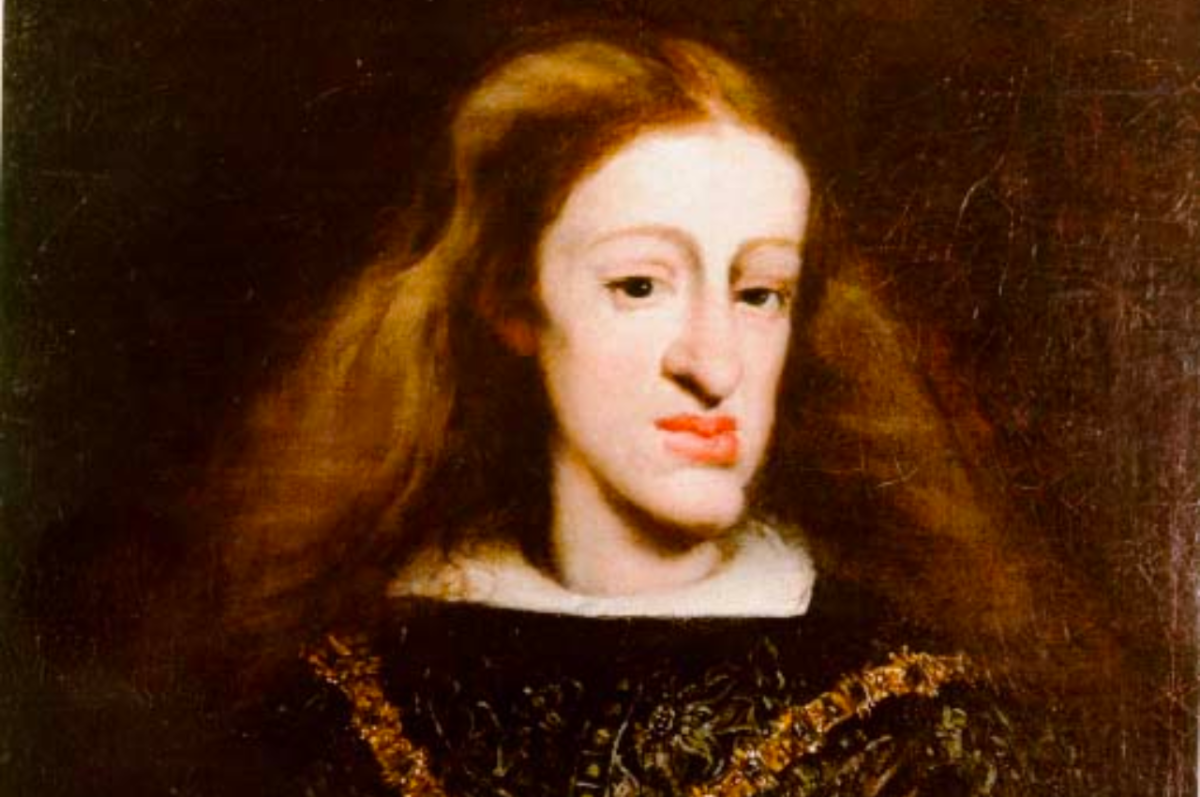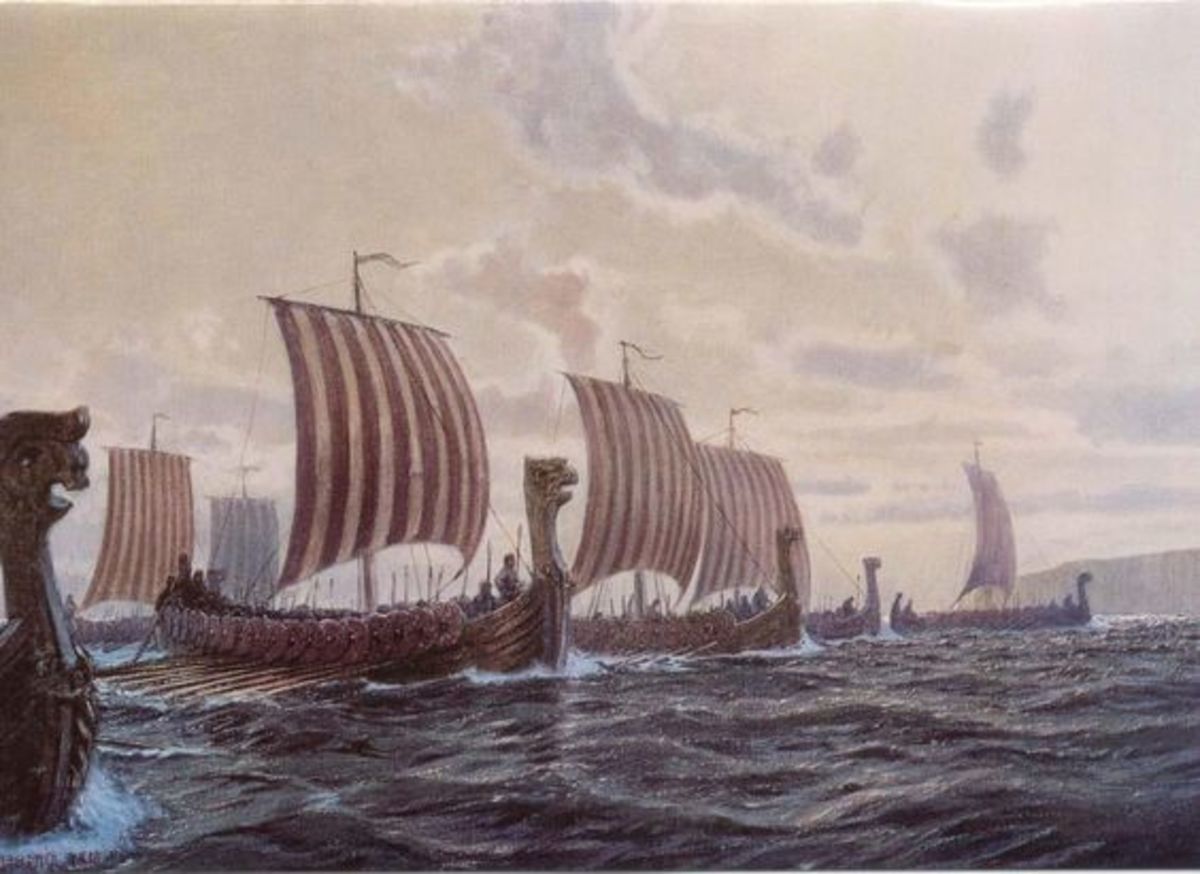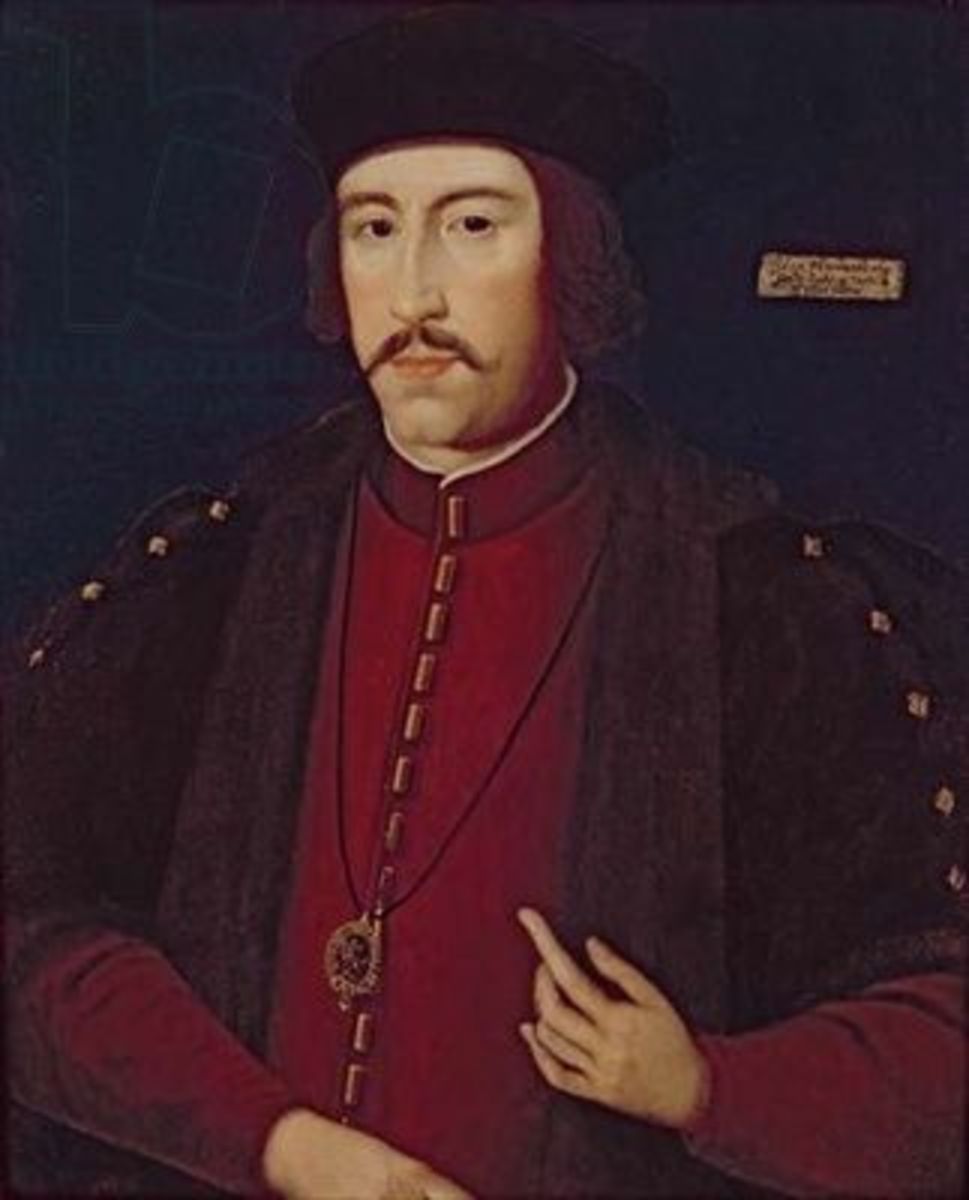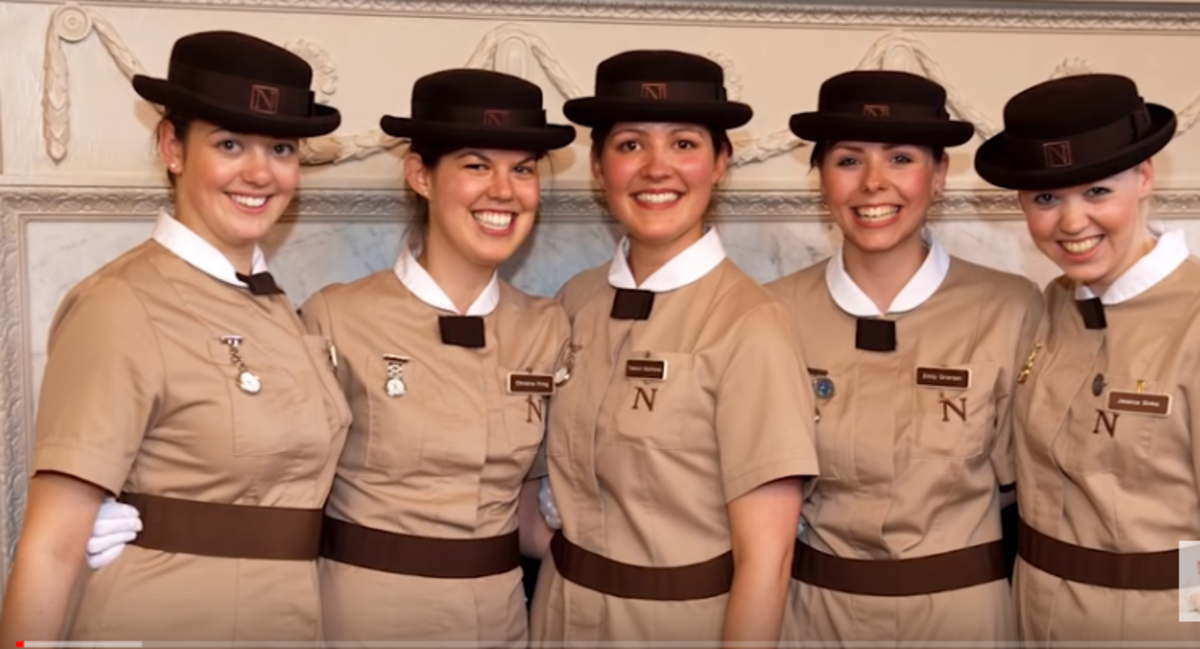The Perils of Inbreeding

Homozygosity
The technical term for inbreeding is homozygosity and it carries with it increased risks of birth defects. It even led to the downfall of a royal dynasty.
Genetic Errors
Almost all societies have a taboo on inbreeding. By law, children cannot mate with their parents nor siblings with each other. Discover magazine outlines the reasons why: “The potential for sexual abuse and lasting trauma is high, and the odds of inheriting rare genetic diseases goes up exponentially among children who are the result of human inbreeding.”
However, inbreeding still happens. Scientist at Australia's University of Queensland compared the genomes of 450,000 and they found evidence of inbreeding in 125 people.
Inbred children have a higher risk of cognitive impairment and reduced lung and muscular development. There is also an increased susceptibility to infections because of lower immunity function. Infant mortality, cardiovascular disease, blindness, schizophrenia, and diabetes also occur more frequently in inbred offspring.
The likelihood of such genetic damage cropping up is not huge, but it's there and it increases dramatically if inbreeding occurs in subsequent generations.

The Habsburg Family
A small number of families in Europe decided they were royal. They wanted to keep the club they invented exclusive, so that meant marrying within the tiny circle they created. Soon, all royal persons were related to all other royal persons. As a prince went looking for a bride he was bound to find all available candidates were cousins; sometimes at a fifth or sixth removal, sometimes first cousins.
Time to check in with the Habsburg family. Over several centuries, family members were rulers of huge swathes of Europe. The dynasty started in the 11th century in Switzerland and ascended to the throne of the Holy Roman Empire in 1440. Family members married strategically to preserve wealth and power. That meant choosing spouses from within the other royal families of Europe.
By the middle of the 16th century, inbreeding was becoming evident in what is known as the Habsburg jaw. In 1517, the Italian diplomat Antonio di Beatis described, rather undiplomatically, Emperor Charles V as having “a long, cadaverous face and a lopsided mouth (which drops open when he is not on his guard).”

The genetic deformity was even more apparent in the Spanish branch of the family.
In the 17th century, another diplomat, Britain's Alexander Stanhope, stepped beyond the polite confines of his trade and wrote about Charles II of Spain:
“He has a ravenous stomach, and swallows all he eats whole, for his nether jaw stands so much out, that his two rows of teeth cannot meet.”
The unfortunate monarch was the result of a union between his father Philip IV and his own niece.
Modern geneticists say the unappealing facial attributes of the Habsburgs was the result of inbreeding. However, there were more serious problems with the genetic code of the Spanish Habsburgs than not being pleasing to the eye.
Charles II was the last of his line. A study carried out by the University of Santiago de Compostela, Spain found that Charles “was physically disabled, mentally retarded and disfigured. He proved impotent since no children were born from his two marriages. When Charles II died in 1700 the line of the Spanish Habsburgs died with him and a new dynasty—the French Bourbons—was installed in Spain.”

The Whittaker Family
Former Vice President Dick Cheney made what he thought was a joke in 2008. He noted that the name Cheney appears in the male and female lines of his family tree. He quipped, “So we had Cheneys on both sides of the family—and we don’t even live in West Virginia.”
Cheney was trying to drag some humour out of the widely held perception that the mountain folk of Appalachia are prone to inbreeding.
In the 1930s, images of shoeless children dressed in rags living in shacks with huge families accompanied articles about the extreme poverty of West Virginia. Writing for Slate, Juliet Lapidos notes that “West Virginians became the prototypical 'hillbillies,' and incest served as a crude 'scientific' explanation for their downtrodden social condition.”
There's some truth in the accusations of inbreeding and some untruth as well. An anthropologist named Robert Tinker studied marriage records in the area. He found that “inbreeding levels in Appalachia … [are neither] unique nor particularly common to the region, when compared with those reported for populations elsewhere or at earlier periods in American history.”
This is where we need to visit the unincorporated community of Odd, West Virginia. It's in an isolated part of the Appalachians and is the long-time home of the Whittaker family.
Their unfortunate story starts in the 19th century with the birth of identical twins Henry and John Whittaker and the subsequent marriage and procreation of cousins, double cousins, and other close relatives.
The shallow gene pool has produced numerous siblings some of whom today communicate only with grunts. Others have physical and mental disabilities and they all appear to have low levels of intelligence. They live in what many people would define as squalor in a ramshackle property.
Photographer Mark Laita came across the Whittakers in 2004 and has since visited them many times and has documented the tragic difficulties they face as a result of inbreeding,
Bonus Factoids
- In the United Kingdom, Queen Victoria married her first cousin, Prince Albert of Saxe-Coburg and Gotha. Victoria and Albert's great great granddaughter, Queen Elizabeth II, married Victoria and Albert's great great grandson Prince Philip, making Elizabeth and Philip third cousins.
- Adolf Hitler's Nazis set up a breeding program in 1935 to increase the stock of the so-called Aryan “master race.” Between 20,000 and 33,000 children were born in the Lebensborn program.
- Until the invention of the bicycle, marriages and therefore procreation, were between people from the same parish 77 percent of the time. The bicycle, and later the car, meant couples from more distant locations could mate. According to geneticist Steve Jones, “There is little doubt that the most important event in recent human evolution was the invention of the bicycle.”
Sources
- “The Distinctive ‘Habsburg Jaw’ Was Likely the Result of the Royal Family’s Inbreeding.” Lila Thulin, Smithsonian Magazine, December 4, 2019.
- “The Role of Inbreeding in the Extinction of a European Royal Dynasty.” Gonzalo Alvarez et al, University of Santiago de Compostela, April 15, 2009.
- “West Virginia, Incest Virginia?” Juliet Lapidos, Slate, June 3, 2008.
- “Family Tree of Whittakers Explained and Their Ancestors' Decision that Made Them 'Most Inbred Family'. ” Jeremiah Hassel & Erin Rose Humphrey, msn.com, August 22, 2024.
- “What Scientists Found After Analyzing Cases of Human Inbreeding in the UK.” Nathaniel Scharping, Discover, December 22, 2022
- “Inbreeding: Definition and Genetic Effects.” Anne Marie Helmenstine, Ph.D., thoughtco.com, August 18, 2024.
This content is accurate and true to the best of the author’s knowledge and is not meant to substitute for formal and individualized advice from a qualified professional.
© 2025 Rupert Taylor








